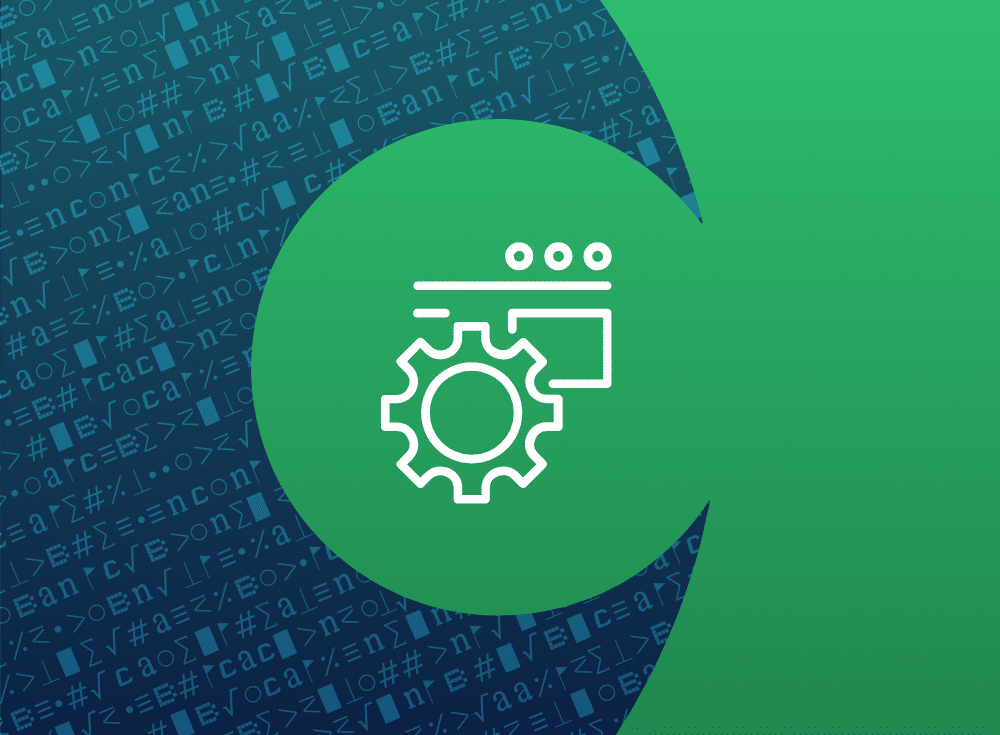The evolution of software architecture
Although many teams have transitioned to microservices from monoliths as the building blocks of their distributed applications in cloud native environments, that choice is worth looking into more closely to understand why.
What are microservices?
Microservices are a modern architectural approach in IT that enhances the pace of software development, thereby reducing the time it takes for applications to reach the market. With the broad adoption of cloud computing, the microservices model has largely supplanted traditional monolithic architecture.
Each microservice operates as a standalone unit within a broader architecture composed of numerous small, modular services. These microservices are typically housed in containers, forming what are known as microservices applications. In cloud native settings, microservices are designed to be self-sufficient and ephemeral, capable of being dynamically created, terminated, and replaced as needed. They also maintain a loose coupling, which supports the broader application or workflow they are part of.
Microservices are usually developed and owned by distinct teams, allowing for individual components to be updated independently from the rest of the system. This decentralized structure necessitates a strong grasp of system interdependencies and collaborative operations among engineering, observability, and DevOps teams within a cloud native framework.
Benefits of microservices
Microservices are often aligned with Agile and DevOps methodologies, enabling developers to quickly adapt to changes in customer requirements by deploying updates and fixes on a flexible timeline. This contrasts sharply with monolithic architectures, which require updates to be made to a single, large codebase and released in one substantial update.
Componentized or microservices architectures deliver many advantages to organizations, including:
- Enhanced reliability and scalability: Microservices allow individual services that focus on specific tasks to be scaled in collaboration with operations teams, leveraging automation and standard patterns.
- Faster time to market: The modular nature of microservices lets teams rapidly develop and deploy individual components, potentially updating production several times a day to adapt to changing business needs.
- Efficient resource usage: Because microservices operate independently, organizations can scale specific microservices at their discretion without needing to scale the entire application. This flexibility extends to technology stack choices for building the microservices.
- Increased productivity among teams: Smaller teams can develop and deploy microservices rapidly, making the organization more agile and enhancing productivity.
Challenges of microservices
Although the microservices architectural framework boosts development speed, it can also introduce unforeseen obstacles for both the developers and organizations implementing it. These challenges may include:
- Complexity: Independent teams managing various microservices can contribute to increased complexity and augmented development costs. If issues such as sprawl or performance drops occur, it is often difficult determining those responsible across different teams within the organization.
- Elevated expenses and operational demands: Teams require separate systems, software, infrastructure, and operational processes to function efficiently, which can escalate costs.
- Challenges in observability: While components within a microservices setup are more straightforward compared to monolithic systems, the workflows for requests are intricate. This complexity makes it difficult to pinpoint problems within a microservices environment. Navigating a request through the elaborate and growing network of microservices is a significant technical hurdle in achieving effective cloud native observability.
- Lack of uniformity: The absence of standardization among teams and systems can necessitate the maintenance of unique environments to support a diverse range of applications.
What is a monolithic application?
Prior to the advent of cloud computing and microservices, organizations predominantly used a monolithic approach for application development. As of 2023, a decreasing number of applications are initiated as monoliths, where all components – from the data repository to the service and presentation layers – are integrated.
A monolithic architecture involves a traditional software development approach where developers create and integrate a single, interdependent codebase over an extended period before deployment. This architecture amalgamates the business logic of multiple functions – such as a gaming application’s play and in-app purchase features – into a unified experience with synchronized functionality releases.
Benefits of a monolithic architecture
Monolithic systems can be advantageous for organizations running applications that are smaller in scale and less critical. The benefits include:
- Simplified process in development, testing, and deployment: Teams develop and test monolithic applications within a unified infrastructure using consistent tools and deploy these as a single release.
- Reliable performance: The uniformity in tools and processes ensures consistent performance across successive projects.
- Efficient resolution of issues: Although the components in a monolithic architecture are more complex than those in microservices, the simpler workflow enables quicker identification and resolution of issues.
O’Reilly Book: Cloud Native Observability
Learn about practical challenges and solutions for modern architectures.
Challenges of a monolithic architecture
A monolithic approach, often described as “putting all your eggs in one basket,” is effective until significant changes are necessary – whether in adding new features swiftly, scaling, or maintaining performance. Challenges of this architecture include:
- Slower time to market: The sequential and bundled nature of development in monolithic systems slows down the release of new functionalities to meet market or internal demands. This tightly integrated setup complicates any alterations to the solution, a situation that worsens with the system’s age.
- Dev vs. Ops challenges: Development teams collaborate intensively on monolithic releases up to the deployment phase, after which operations teams take over for ongoing maintenance and performance management. As the codebase expands, it becomes increasingly cumbersome and time-intensive to orient troubleshooting efforts.
- Scaling obstacles: Monolithic systems feature tightly interlinked components that depend heavily on each other, making effective scaling a formidable task. A slowdown or failure in one component can compromise the entire application’s functionality.
Differences between microservices and monolithic architectures
The most fundamental distinction between microservices and monolithic architectures is the configuration of code bases. Microservices employ multiple, independent code bases, each belonging to a separate service within a distributed system. These services operate autonomously yet communicate collectively with the overarching application. Conversely, a monolithic architecture operates as a singular, cohesive unit with a unified code base, making all components interdependent.
Scalability presents another major difference. Monoliths often face challenges in scaling effectively due to their integrated structure, whereas microservices are designed with scalability in mind, allowing for nearly limitless expansion as part of a broader application platform.
Resource management also varies significantly between the two architectures. Microservices enable independent teams to develop and manage their own services, promoting agility and specialization. In contrast, monolithic architectures typically see large, interdependent teams working together throughout the development lifecycle, from creation to deployment.
Despite these differences, both architectural styles have their place in the digital landscape, each offering unique advantages that can serve strategic business needs effectively.
Monolith vs microservices architectures: which is right for you?
When to adopt a microservices architecture
Organizations should lean into microservices architecture if they need to:
- Quickly release software features (as a new or into an existing app): Microservices allow for faster delivery to market by enabling parallel development of new features, which can be integrated and deployed rapidly.
- Scale an application and maintain freedom of choice: This architecture supports scaling applications to meet dynamic demands without being tied to a specific set of tools, giving teams the liberty to choose the best tools for the task.
- Increase reliability and fault tolerance: Since microservices operate independently, the failure of one service doesn’t necessarily affect the entire application, thus maintaining overall functionality.
When to adopt a monolithic architecture
Certain situations might call for maintaining a monolithic architecture:
- Update a non-business critical application: For legacy systems where updates are less critical, monoliths can provide a stable environment for incremental improvements.
- Reduced latency: Monolithic architectures can offer faster internal communication compared to microservices, where multiple inter-service communications can introduce delays.
- Reduce technical headcount: Monoliths can be less demanding in terms of technical staffing and resource allocation, potentially reducing costs and complexity in some scenarios.
Additional resources
Curious in learning more about Chronosphere and microservices architecture? Check out the following resources:
Manning Book: Effective Platform Engineering
Streamline workflows, boost developer productivity, and scale efficiently. Download Effective Platform Engineering now!






